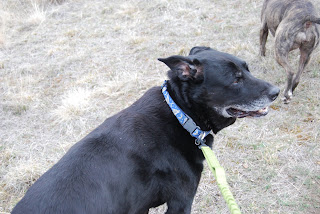
I try to do everything right – a legacy of growing up Catholic with a parochial education steeped in the concepts of right and wrong, good and evil, saintliness and sinfulness. Ensuing decades have shown me that life is filled with conflict and complexity, still I default to assessment of blame when things don't go as I would like, searching for what I could have done differently – or more specifically, better.
At the time I was diagnosed with cancer, I ate a vegetarian diet and exercise was a regular part of my life. I never smoked, used drugs, or to my knowledge was exposed to dangerous toxins. I thought I had things handled, that my lifestyle would prevent illness and keep me going strong for a long time. The cancer diagnosis rocked my world, sending me swirling into an abyss of self-recrimination, searching for where I'd gone wrong to produce such a result. I threatened to take up smoking and eating greasy burgers. Why the hell not? I thought, for all the good my supposedly healthy lifestyle had done me.
Years later, I found myself asking the same questions with Nicholai. Since the days when he was a four-pound pup, I fed him exquisite natural, organic, and home-made food. No fertilizers or pesticides defiled our lawns and garden. Nicholai had the best preventive care with lots of love and regular exercise – and still, cancer. Now, a dear friend calls to tell me her daughter has a tumor in her spinal cord, a loved one called me with news of a breast biopsy. I hear it in their words and voices too – "Where did I mess up? Why is this bad thing happening to me?"
Life is complicated. I don't know why Nicholai got cancer, or why I did, for that matter. I don't even know how to think about a seven-year-old child's tumor. I don't know why some people and dogs get malignancies, and others don't. But instead of throwing in the towel, I'm learning to live in the moment and do good for its own sake. Whether we survive or not – for in the long run we will not – what of the days and weeks and months that we have?
No longer in the pursuit of sainthood or the approval of outside forces, I eat my greens because they are imbued with the life of sun and soil. I eat them and feed them to my dog-boy not to save us from cancer, but to have beauty in this moment, this day. I limit – severely – the purchase of products that involved factory farming, animal suffering, child labor, or the wanton spewing of harmful substances onto the earth or into the air. No longer attempting to control what happens to me in the future, I simply control my daily choices. I hope for outcomes that please me: a long life, a healthy happy dog, friends and family to love and be loved by, a clean earth to live on; but as I act, I remind myself of an old twelve step adage, it's the effort, not the outcome.
















































